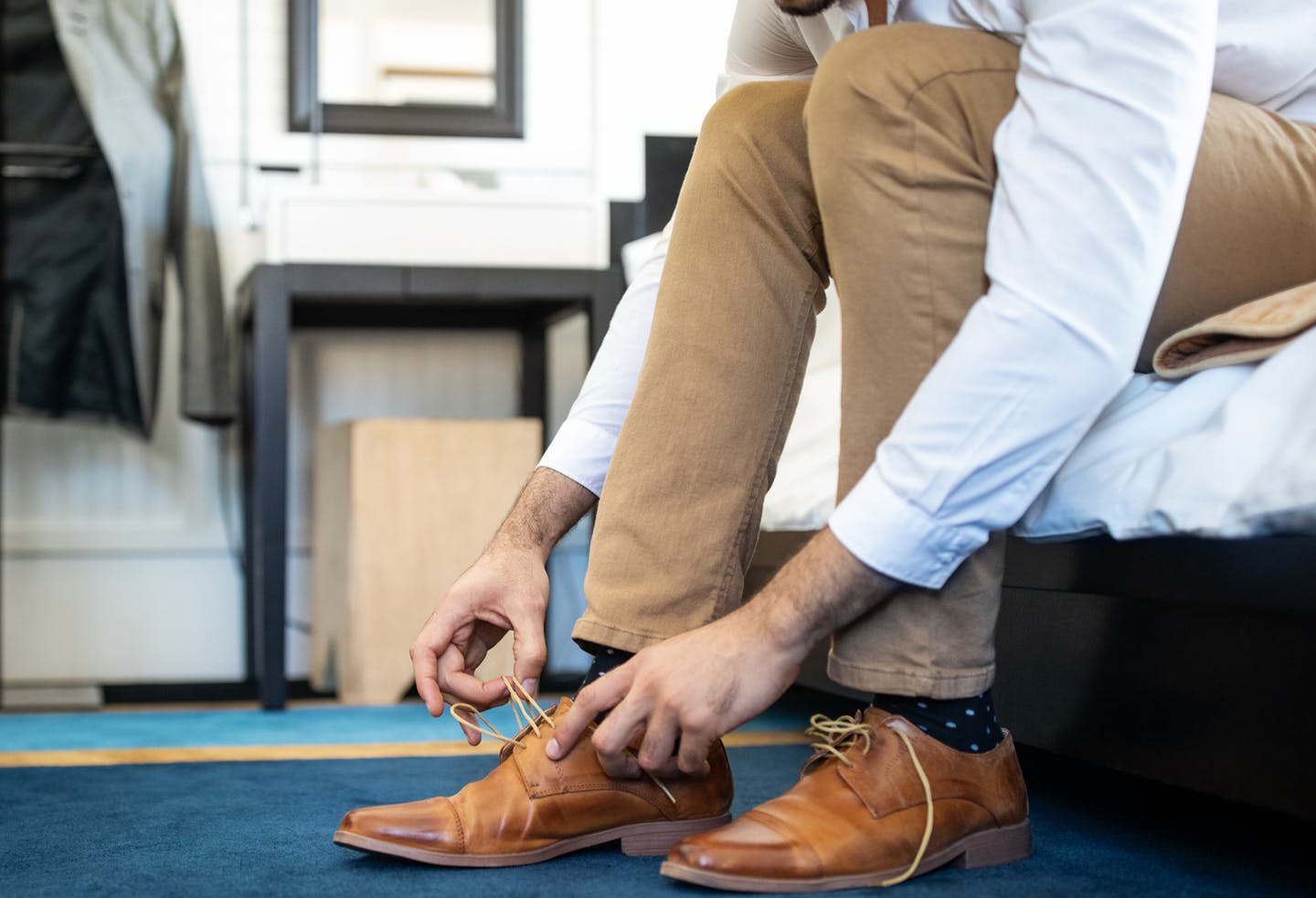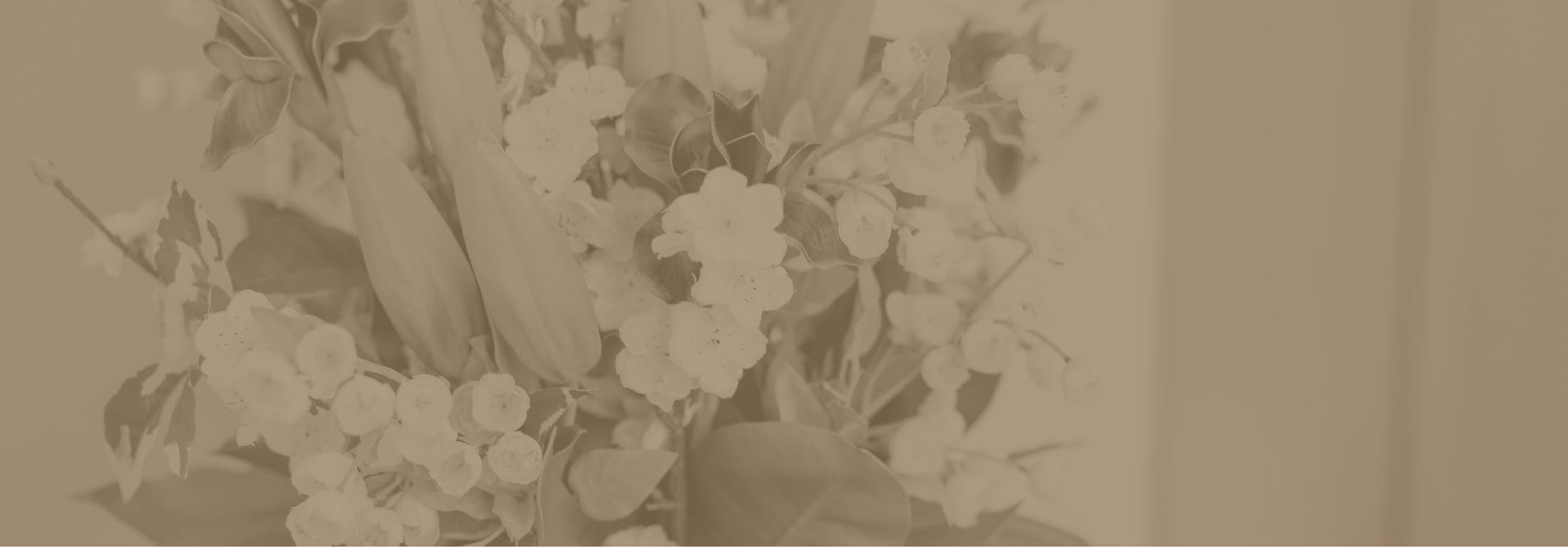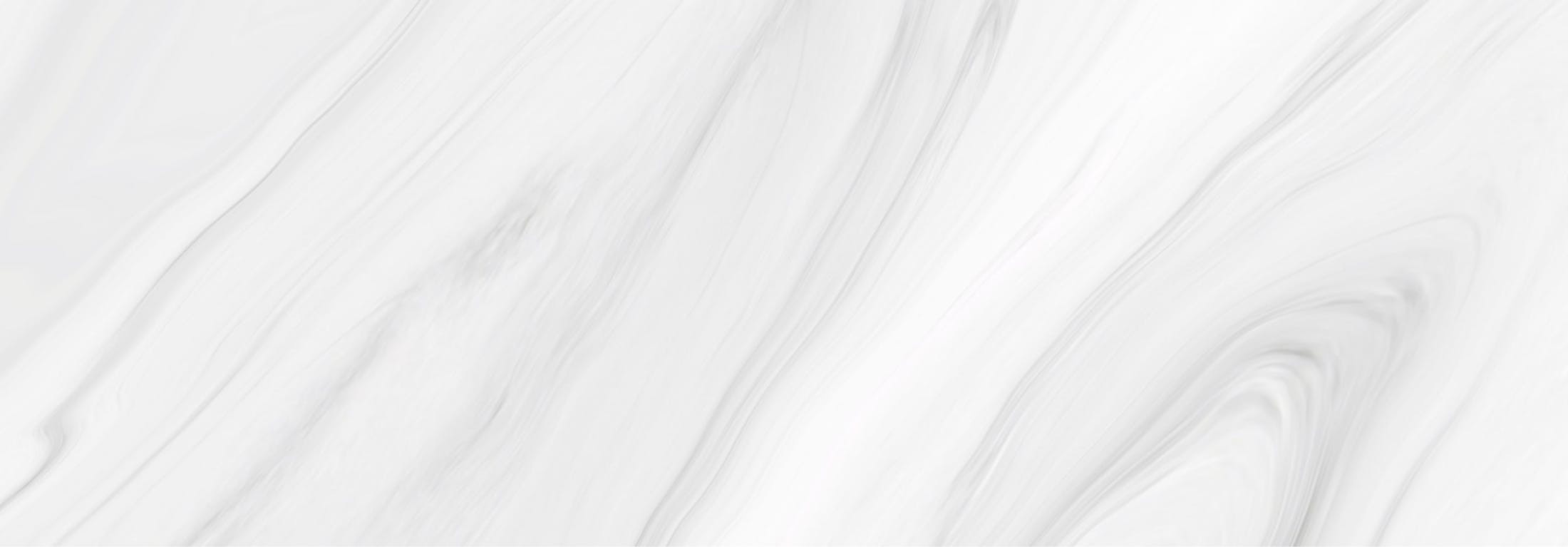A common deformity in the second, third, or fourth toe, hammertoe results from an abnormal bend in the middle joint, which makes the end of the toe bend downward and look like a hammer.
What Causes Hammertoes?
- Poor-fitting shoes: One of the most common causes of hammertoe is improperly-fitting shoes. Narrow shoes can push the toes into a bent position, which can cause a permanent change in the structure of your foot over time. This is especially common in people who wear high heels or other tight shoes every day. Improperly-fitting footwear can also cause the toes to rub against the shoes, leading to corns and calluses that cause even more foot pain.
- Muscle imbalance: Another common cause of hammertoe is a muscle imbalance. This occurs when a muscle in the foot weakens and prevents one of the toes from fully straightening out. There are a number of muscles, ligaments, and tendons in the foot that all work together, so damage or weakness in one of them can cause harm to your feet.
- Age: The risk of developing a hammertoe increases with age. Certain diseases, such as arthritis and diabetes, can increase the risk of hammertoes as well.
- Genetics: Some people are genetically predisposed to hammertoes. For example, if their second toe is longer than the first toe, they may be at an increased risk of developing the condition.










